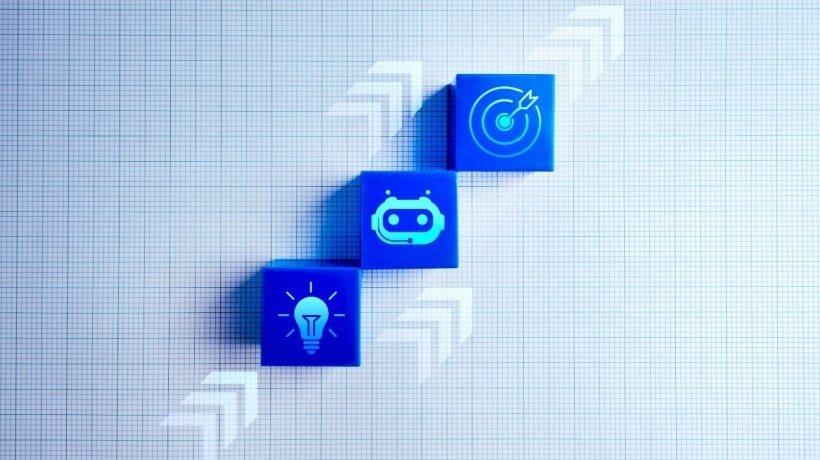Making Learning Fit The Flow Of Hybrid Work
If you’ve been following corporate learning for a while, you’ll know that themes like microlearning and gamification surface year after year. They’re no longer passing trends—they’ve become essential building blocks for creating impactful learning experiences.
In a series of articles, we’ll explore how these methods have evolved beyond novelty and are now shaping the way people actually learn on the job. From microlearning in hybrid work, to gamification that drives application, to embedding learning into the flow of work, and finally balancing campaigns with journeys for lasting impact, we’ll look at how L&D teams can design learning that fits seamlessly into daily routines and business priorities.
We’ll start with microlearning.
Microlearning As The New Normal
It’s no secret that bite-sized lessons—short, easily digestible learning modules—have become an in-demand and widely adopted format. Microlearning is no longer a niche innovation; it has become part of the training landscape, especially in corporate learning, where speed and efficiency are critical.
Research shows that employees who engage with microlearning often spend significantly less time training, sometimes up to 80% less, without a loss in productivity or impact, and in some cases even with improved retention.
Why Design Still Matters
Despite its advantages, organizations often struggle to design microlearning programs effectively. Companies are constantly accumulating knowledge. Processes grow more complex, products evolve with new requirements, and training needs in onboarding, compliance, and customer service never go away. Employees must master all of this and apply it in real time.
Looking at design from the learner’s perspective is key.
Hybrid and remote work have changed learning habits. Training is no longer something you “attend” for hours at a time. Instead, it happens in short modules, right when needed: between meetings, in response to a customer question, or when a new product update is released. And because hybrid work takes place across multiple environments—office, store floor, home office—training has to adapt, too.
For many employees, the line between work and learning has blurred. They learn while doing, troubleshoot in real time, and expect the same ease from workplace learning that they get from consumer apps. This shift pushes L&D to think beyond courses and focus on creating experiences that match the speed and flexibility of everyday digital life.
Instructional Designers now face a broader challenge: not just cutting content into smaller pieces, but creating a seamless learner experience across devices, settings, and schedules. Ultimately, designing effective microlearning isn’t about technology alone; it’s about empathy. It requires understanding how people actually work, where their attention is, and what motivates them to keep learning amid competing priorities. When training reflects those realities, it stops feeling like an interruption and starts supporting performance in the flow of work.
Microlearning In Hybrid Work: Practical Design Tips
To make microlearning work in distributed and hybrid teams, design should take into account the realities of where, when, and how people learn.
- Multiple contexts of access: Lessons should work equally well on a desktop at the office and on a smartphone on the go.
- Asynchronous by default: Modules need to be independent so employees can complete them at different times, from different locations.
- Team connection: Use shared tasks, leaderboards, or peer-to-peer interactions to maintain a sense of team spirit, even remotely.
- Just-in-time scenarios: Provide quick instructions and tips that help employees solve problems immediately, without waiting for a colleague.
- Alignment across locations: Offer the same micro-modules to distributed teams to align experience and spark common discussions.
- Micro-assessments and feedback: Short checks and instant recommendations help learners track progress and stay engaged.
In Summary
Microlearning has already become part of workplace reality. But simply slicing content into smaller pieces is not enough. To be effective, design must account for hybrid work environments, distributed teams, and extended learning journeys.
Platforms that specialize in this approach, such as Moovs Learning Arena, provide the structure and flexibility to embed relevant, engaging learning directly into the flow of work. Features like daily challenges, peer competitions, and team assignments help employees acquire new knowledge, stay on top of product changes, complete onboarding faster, and practice customer interactions anytime, anywhere.
In the next article of this series, we’ll explore how gamification helps solve another familiar challenge: reducing the time between learning and real-world application.
Moovs Learning Arena
Transform your team’s performance with interactive, gamified learning experience that foster collaboration and drive results!




